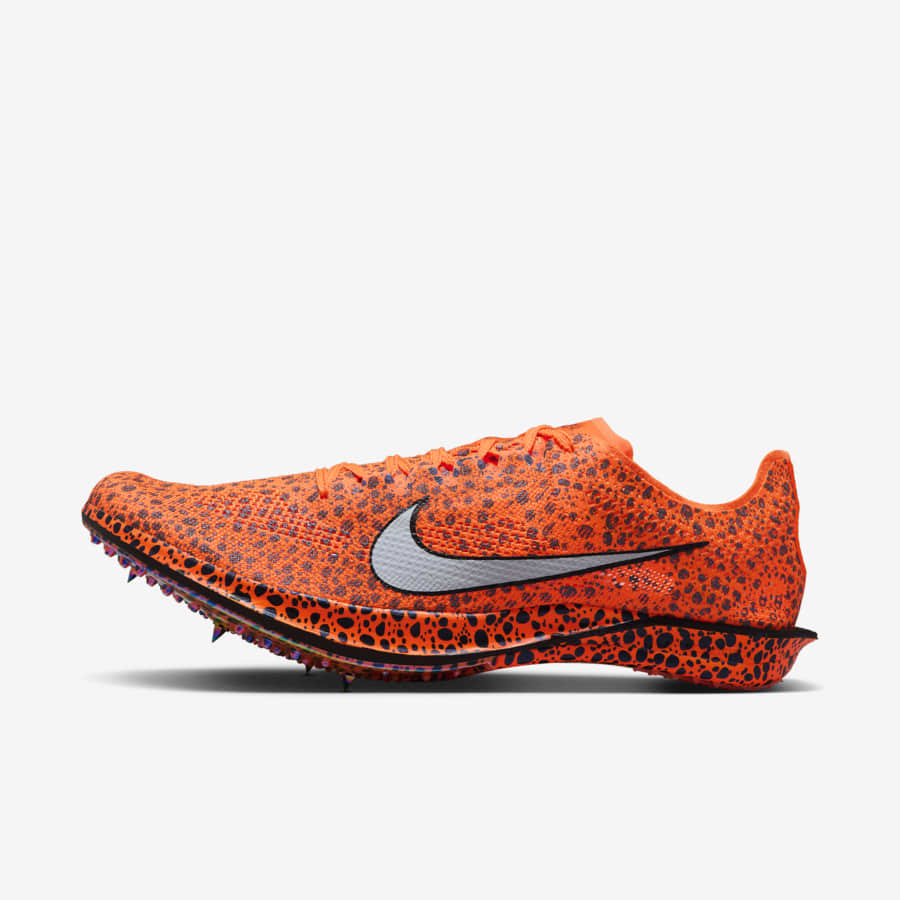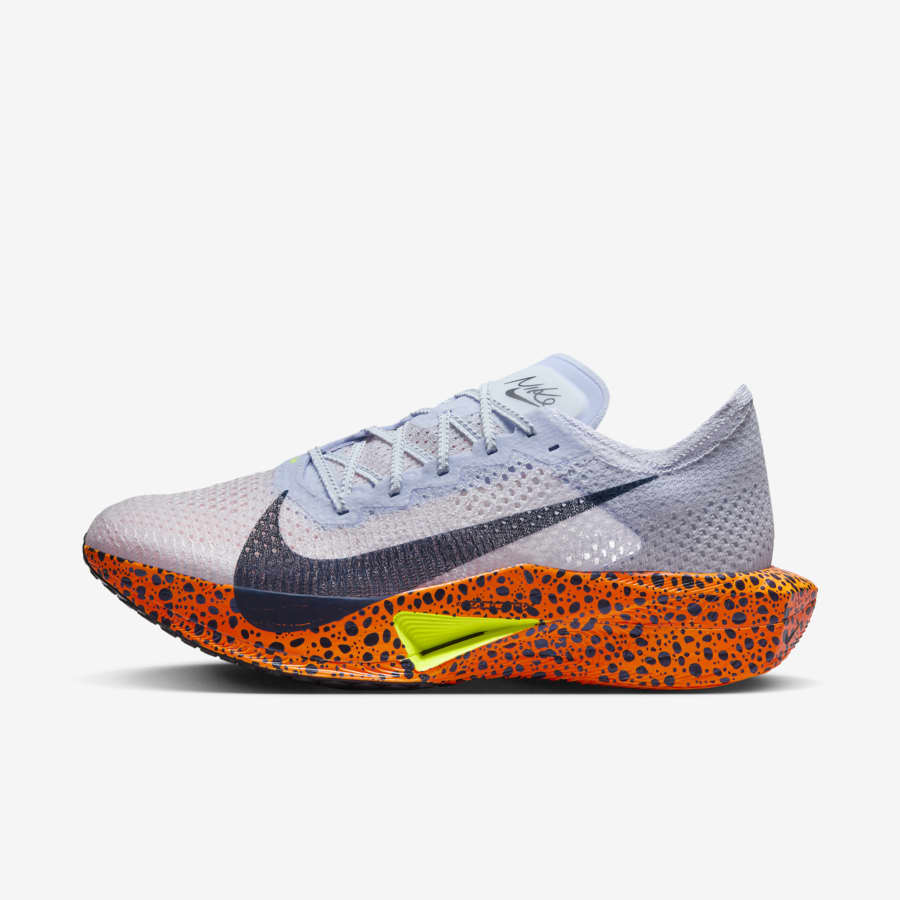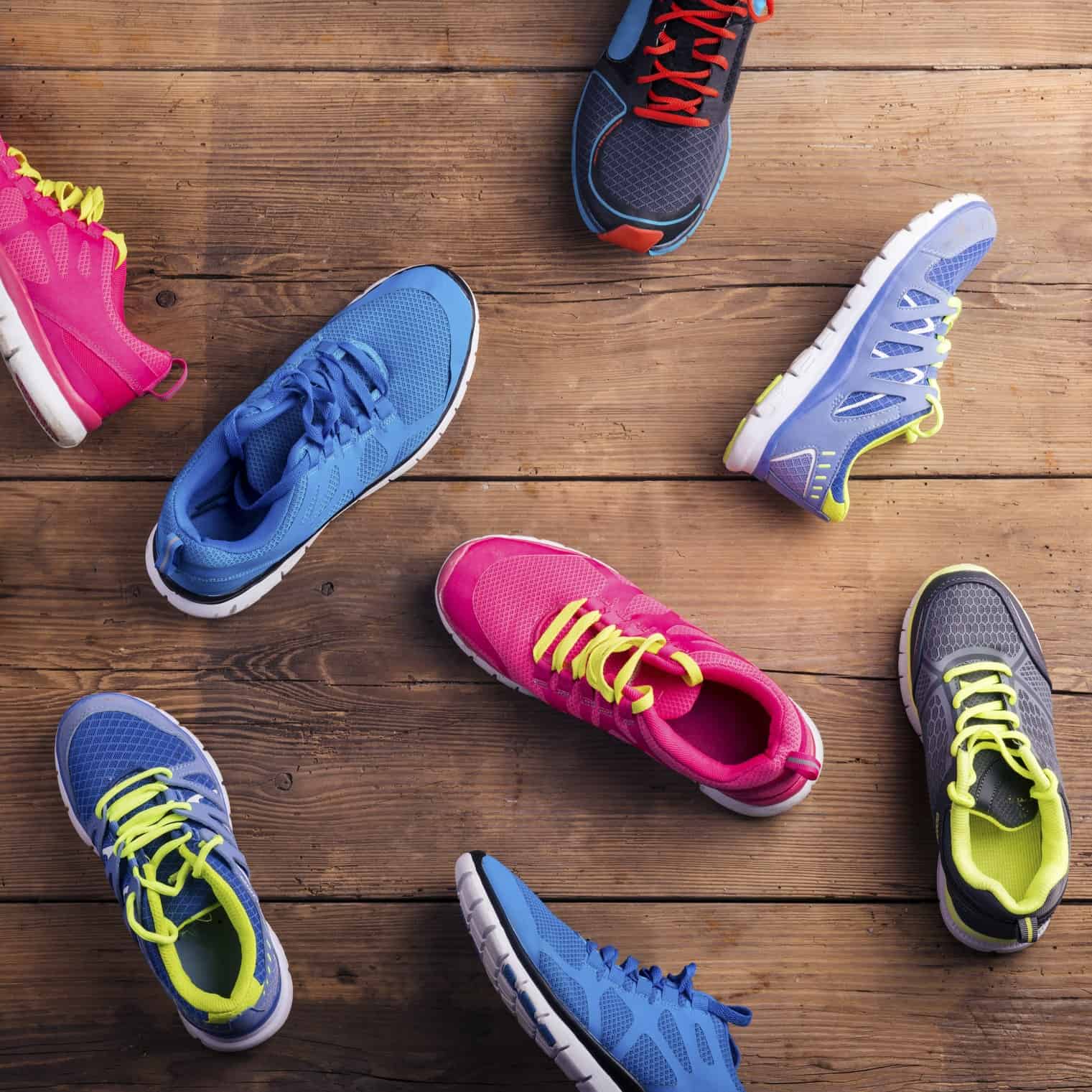Running shoes are an essential investment for any runner. Therefore, knowing when to replace them is crucial. The mileage a pair of running shoes can endure varies, but it generally ranges from 300 to 500 miles. Several factors, including running surfaces and individual biomechanics, influence this lifespan. This article explores these factors, helping you understand when and why to replace your running shoes. Additionally, maintenance tips will be shared to maximize your shoe’s mileage.
Factors Affecting Mileage
Different factors affect the mileage of your running shoes. One primary factor is the type of running surface. Hard surfaces like pavements wear out shoes faster than softer, trail surfaces. Consequently, if you frequently run on concrete, expect a shorter lifespan for your shoes. Additionally, your running style significantly impacts shoe longevity. Overpronation or underpronation increases the pressure on certain parts, causing faster wear.
On the other hand, your body weight also comes into play. Heavier runners exert more force on their shoes. This extra force speeds up the wear and tear process. Therefore, lighter runners may find their shoes last longer. Importantly, it’s not just running that affects the shoes. Walking in them, using them for gym workouts, and casual wear can reduce their mileage.
Signs of Wear and Tear
Recognizing the signs of wear and tear in your running shoes is paramount. Look for worn-out treads and compressed midsoles. These signs indicate that the shoe no longer offers adequate support and cushioning. If you feel discomfort or ache during runs, your shoes might be past their prime. Take note of how your shoes feel compared to when they were new.
Another critical sign is the shoe’s outer sole. If it shows uneven wear, it could lead to injuries. Uneven wear often results from biomechanical issues like overpronation. You might notice the sole wearing faster on one side. This imbalance can cause undue stress on your knees and ankles. Additionally, inspect the shoe’s upper part. Torn or stretched upper parts mean the shoe can’t provide adequate support.

How to Extend the Life of Your Running Shoes
Shoe Rotation
One effective way to extend the life of your running shoes is by rotating them. Using different pairs for different workouts reduces the daily wear and tear on each pair. For instance, you could have a pair specifically for long-distance running and another for speed training. This strategy helps distribute the wear evenly among multiple pairs. Consequently, each pair lasts longer.
Additionally, rotating shoes allow them to dry out completely between runs. Moisture can degrade shoe materials faster. By alternating pairs, you give them time to air out and minimize moisture buildup. Another benefit is that different shoes might offer slight variations in support and cushioning. These variations can help avoid overuse injuries from repetitive strain.
Proper Maintenance
Maintaining your running shoes properly can significantly extend their lifespan. Avoid exposing them to extreme temperatures, as heat can warp the shape and cold can stiffen materials. Always let your shoes air dry if they get wet. Direct sunlight or heat sources like a dryer can damage the materials. Instead, stuff them with newspaper to absorb moisture and speed up the drying process.
Cleaning your shoes is also essential. Dirt and grime can degrade the materials over time. Use a mild detergent and a brush to clean the uppers and soles. However, avoid submerging them in water, which can weaken the adhesives. Always untie your shoes before taking them off to avoid damaging the heel counter. Small maintenance habits can go a long way in preserving your shoes’ integrity.

When to Replace Your Running Shoes
Health Implications
Wearing worn-out running shoes can have severe health implications. The decreased cushioning in old shoes fails to provide adequate shock absorption. This inadequacy can lead to stress fractures and other injuries. Moreover, worn-out shoes offer less stability, increasing the risk of ankle sprains. Therefore, paying attention to your shoes’ condition is not just about comfort; it’s about your overall health.
In addition, running in deteriorated shoes can worsen existing biomechanical issues. For instance, if you have a tendency to overpronate, old shoes exacerbate the problem. This aggravation can result in joint pain and muscle strain. Runners who ignore the signs of wear risk long-term damage. Chronic injuries can develop, sidelining you from running altogether. Hence, timely replacement of running shoes is crucial for injury prevention.
Evaluating Mileage
To accurately evaluate mileage, keep a running log. Note the date and distance of each run. This practice helps you track the total mileage accumulated. Besides logging runs, it’s useful to record how the shoes feel. Any changes in comfort or support should be noted. These observations can provide early warning signs, even before visible wear appears.
Another helpful tool is a mileage app or smartwatch that tracks your runs. These devices offer precise mileage calculations. Additionally, consider input from running stores. Many stores offer gait analysis, helping you understand how your running style affects shoe wear. This information can guide you in choosing more durable shoes in the future. Combining these methods ensures you replace your shoes at the right time.

Choosing the Right Replacement Shoes
Material and Design
When selecting replacement shoes, consider materials and design. Opt for shoes made with durable materials like high-density foam and reinforced rubber. These materials increase the shoe’s lifespan. The design should also offer adequate support and cushioning. Features like an engineered mesh upper provide breathability and stability, ensuring comfort throughout your runs.
Moreover, consider shoes with removable insoles. Removable insoles make it easier to maintain hygiene and customize fit. Another feature to look for is a well-constructed heel counter. A sturdy heel counter adds stability, reducing the risk of injury. Pay attention to the tread pattern as well. Different patterns offer varying levels of traction, suitable for different running surfaces. Finally, choose shoes that align with your running style and foot shape.
Price vs. Quality
The price of running shoes can vary significantly. While it might be tempting to go for cheaper options, quality should not be compromised. Investing in high-quality shoes ensures better materials and construction. These shoes are more likely to withstand higher mileage. In the long run, they offer better value for money as they need less frequent replacement.
It’s also wise to look for sales and discounts on reputable brands. These deals can make high-quality shoes more affordable. Another tip is to consider last season’s models. They often come at a lower price but still offer the same high quality. Remember, your running shoes are an investment in your health and performance. Balancing cost and quality ensures you get the best value.
Conclusion
In conclusion, understanding the mileage of running shoes is essential for every runner. Various factors, such as running surfaces and individual biomechanics, influence shoe lifespan. Recognizing signs of wear can prevent injuries and discomfort. Employing strategies like shoe rotation and maintenance can extend their life. Keeping track of mileage and your shoes’ condition ensures timely replacement. When selecting new shoes, prioritize quality over price for the best value. By paying attention to these details, you can maintain optimal performance and avoid injuries. Running shoes are an investment in your health, and taking care of them will pay off in the long run.
By following these guidelines, you can maximize the lifespan of your running shoes and enjoy a safer, more comfortable running experience. Regularly checking and maintaining your shoes is a small effort that offers significant returns. With the right approach, your running shoes can serve you well beyond the average mileage, ensuring every run is as enjoyable as the first.



